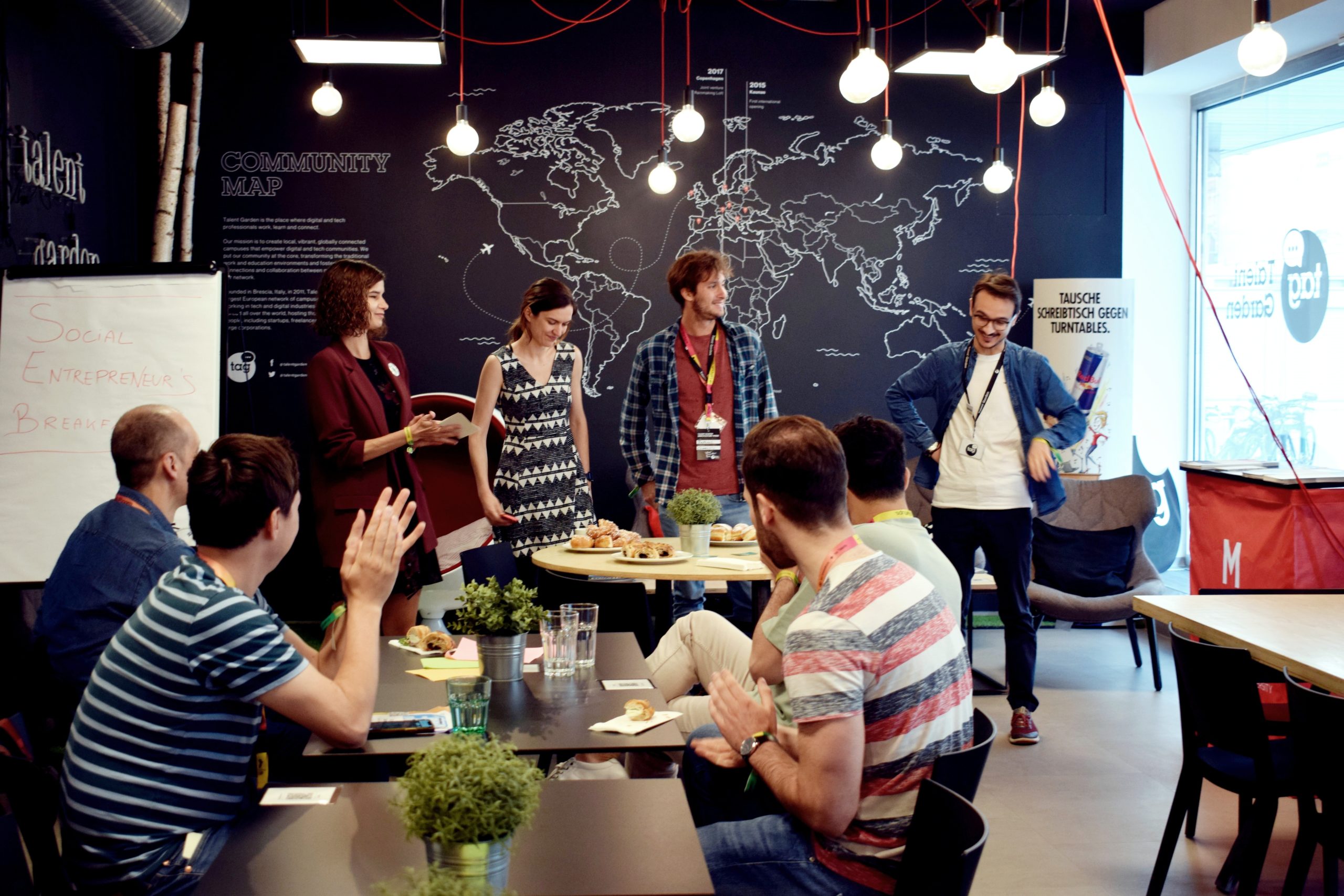Design
2
min read
Diversity creates precise design constraints and better solutions


Don't you want to read? Try listening to the article in audio mode 🎧
More inclusive solutions serve more people and are therefore more economically viable.
Exclusion happens when we solve problems using our own biases
We are all different and all of us have to deal with some limitation or difficulty, be it physical, cognitive, or emotional. However, we all have to relate profitably and effectively to our context. Yet designers forget this and design for subjects that are the ideal projection of ourselves in terms of physical condition, level of education, and set of values. It’s the result of a simplification bias, or as psychologists say, a cognitive bias. Instead of being self-indulgent, we should ask ourselves how to include most human beings and limit the conditions of exclusion that our designs may generate. In short, we have to learn how to design better products and services.Recognising exclusion
A big help on this comes from inclusive design as practiced by Microsoft: this approach relies on the concept of disability, the definition of which has changed a great deal over time and now no longer involves only the dimension of an individual’s health or the integrity of their functions. Disability describes a complex phenomenon that reflects the interaction between a person’s body and the characteristics of the environment in which they live. The disabling condition can be permanent (the lack of a limb), transient (a fracture that prevents its use), or situational (a person holding an infant and having only one free arm, for example). All of these conditions have in common the inability to use, for example, an arm.Learning from diversity
Interactions with technology depend heavily on what we can see, hear, say, touch, learn, and remember. And we use it functionally to achieve a purpose. The growth of mobile technology use disproportionately increases situations of impartiality between our condition and context. Humans have extraordinary abilities to adapt to different situations: when something doesn’t work out the way people expect, they adapt. That’s why the knowledge that comes from understanding diversity is so valuable: it allows discovering accommodation strategies and deeply understanding people’s emotions and motivations. As designers, we need to ‘enter’ the emotional world through research, understand these elements, define whether there are repetitive patterns, and act on those to produce change. It’s not enough to pretend to live with an impairment: it gives only a distorted perception of what it’s like to live in that condition. And that’s why including extreme personas in design activities has such significant results.Solve for one, extend to many
Designing for people with permanent disabilities may seem like a significant constraint, or worse, a way to take advantage of an uncomfortable condition. Instead, everyone’s experience is valuable precisely because it allows those who cannot experience it to access additional levels of knowledge. We use the people spectrum to understand correspondences and relative motivations across an assortment of permanent, temporary and situational scenarios. It’s a quick tool that helps foster empathy and shows how a solution fits a broader audience. For example, high-contrast screen settings were initially created to serve people with visual impairments. But today, many people profit from it when using a device in bright sunlight.The importance of a constraint
Often constraints, even in a project, are perceived as limitations or boundaries to possibilities. Instead, from the limit, we derive the sense and the directions along which to develop solutions. The more limits are defined, the more precise and effective the designed solutions will be. Adopting an approach inspired by inclusive design allows us to identify and define better design constraints and thus be able to design better products and services for the benefit of all, with a truly inclusive and user-centric approach to enhance human diversity well beyond the statements. It’s also worth considering the business impacts of this design paradigm shift: more inclusive solutions serve more people and are therefore more economically viable. But that’s not all: the results are even more valid, serve a wider target and offer the best possible experience in a plurality of conditions and to different people. They are ultimately better.
Article updated on: 09 August 2023

Don't Waste Your Talent. Turn It Into a Career With a Course That Fits Your Needs!
Talent Garden is your Digital Skills Academy, offering courses in Digital Marketing, UX Design, Digital HR and Data Analysis designed to launch your career.
Keep reading

2
min read
The benefits of coworking spaces
Coworking spaces are becoming more and more common around the world with many professionals choosing to rent these ...
Talent Garden
08/03/2021

4
min read
What is a Data Warehouse and how does it support Business Intelligence?
At a time when company decisions are increasingly becoming Data Driven, it is essential to have one or more sources of ...
Talent Garden
10/06/2022

3
min read
Android UX Design: software, tools and fundamentals
At present Android retains more than 70% of the global market share, so designing for Android is a skill that cannot be ...
Talent Garden
18/10/2021

4
min read
Project management in a digital world interview with Anna Cappi
Today, we are sitting down with Anna Cappi to talk more about Project Management - the ever-growing job role that seems ...
Talent Garden
19/08/2020
